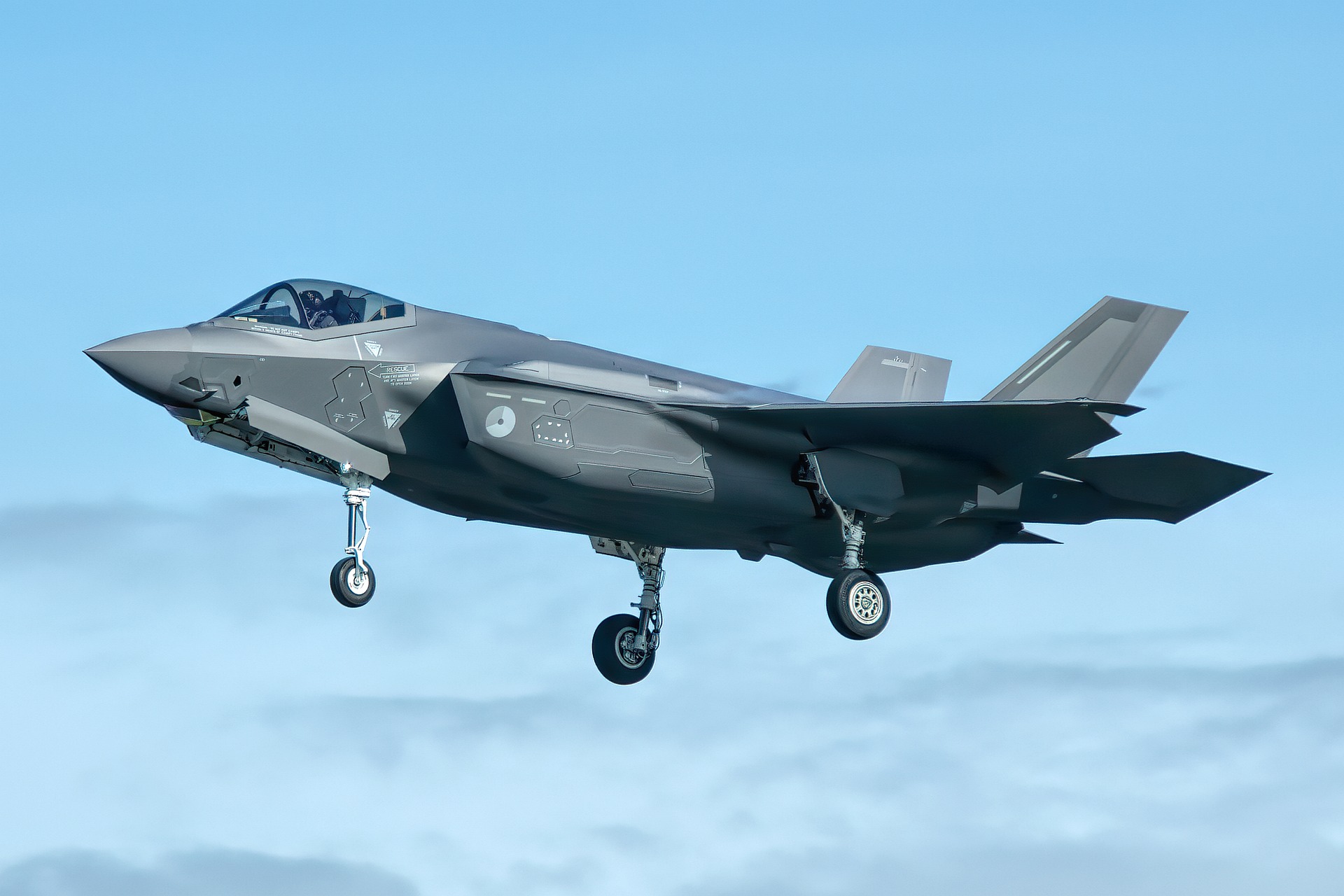UK to Deploy Nuclear-Capable F-35A Jets, Starmer to Unveil Plan at NATO Summit:The UK has announced the deployment of 12 nuclear-capable F-35A fighter jets as part of its renewed commitment to NATO’s nuclear mission. Prime Minister Keir Starmer is set to reveal the historic move at the upcoming NATO summit, marking the UK’s return to airborne nuclear deterrence after decades.
UK to Deploy Nuclear-Capable F-35A Jets
In a major defense and strategic shift, Britain has announced plans to reintroduce fighter jets capable of carrying atomic weapons as part of its renewed commitment to NATO’s nuclear deterrence mission. This marks the biggest enhancement of the UK’s nuclear posture in a generation, according to a statement from Prime Minister Keir Starmer’s office at 10 Downing Street.
The UK government has confirmed the purchase of 12 F-35A Lightning II fighter jets, an advanced variant of the American-made aircraft developed by Lockheed Martin. Unlike the F-35B variant currently in use by the Royal Air Force, the F-35A is specifically designed to carry nuclear warheads in addition to conventional weapons. These jets are set to significantly augment the United Kingdom’s contribution to NATO, especially amid growing global security tensions.
The announcement will be formally made by Prime Minister Starmer at the upcoming NATO summit, underscoring Britain’s deepening role in the transatlantic alliance. NATO Secretary General Mark Rutte welcomed the move, calling it “yet another robust British contribution to NATO” and a significant development in collective defense strategy since the end of the Cold War.
For decades, the UK’s nuclear deterrence under NATO has been solely dependent on submarine-based ballistic missile systems, specifically those aboard Royal Navy’s Vanguard-class submarines. The reintroduction of an airborne nuclear capability restores an important strategic dimension, giving Britain more operational flexibility and a visible, rapid-response nuclear deterrent.
Pm keir Starmer says: “The UK is set to acquire 12 US-made F-35A Lightning II 5th-gen fighter jets capable of carrying nuclear weapons and join NATO’s dual capable aircraft nuclear mission. That would give the RAF a nuclear capability for the first time since the Cold War.”
The F-35A is a fifth-generation stealth fighter capable of carrying a total payload of up to 8,160 kilograms, including both nuclear and conventional munitions. It can reach a maximum speed of 1.6 Mach and has an operational range of over 2,200 kilometers on internal fuel. Notably, the aircraft is also capable of in-air refueling, allowing it to remain operational over long distances and extended missions.
The jets will be stationed at RAF Marham, located in eastern England, which already serves as a base for the UK’s existing F-35B fleet. This expansion will not only enhance national defense but also strengthen operational cooperation with NATO allies, many of whom already operate or plan to operate the F-35A platform.
RAF officials have long advocated for this acquisition to modernize the air force’s capabilities and expand its strategic reach. Prime Minister Starmer emphasized that the introduction of these jets would “herald a new era for the Royal Air Force” and serve as a powerful deterrent to hostile threats facing both the UK and its allies.
This historic acquisition is seen as a response to rising geopolitical tensions and a reassertion of Britain’s leading role within NATO. It also reflects broader European moves to reinforce collective defense in an increasingly volatile security environment.
Disclaimer:
The information presented in this article is intended for general informational purposes only. It is based on publicly accessible sources, official statements, and credible media reports available at the time of writing. The article does not contain any classified or sensitive government information and does not represent the official views, strategies, or endorsements of the UK government, NATO, or any defense or intelligence agency.
Military acquisitions, strategic defense initiatives, and geopolitical developments are subject to change based on evolving international circumstances, security assessments, and political decisions. Readers should be aware that some aspects of defense planning, particularly those involving nuclear capabilities, are inherently sensitive and often remain undisclosed for national security reasons.

